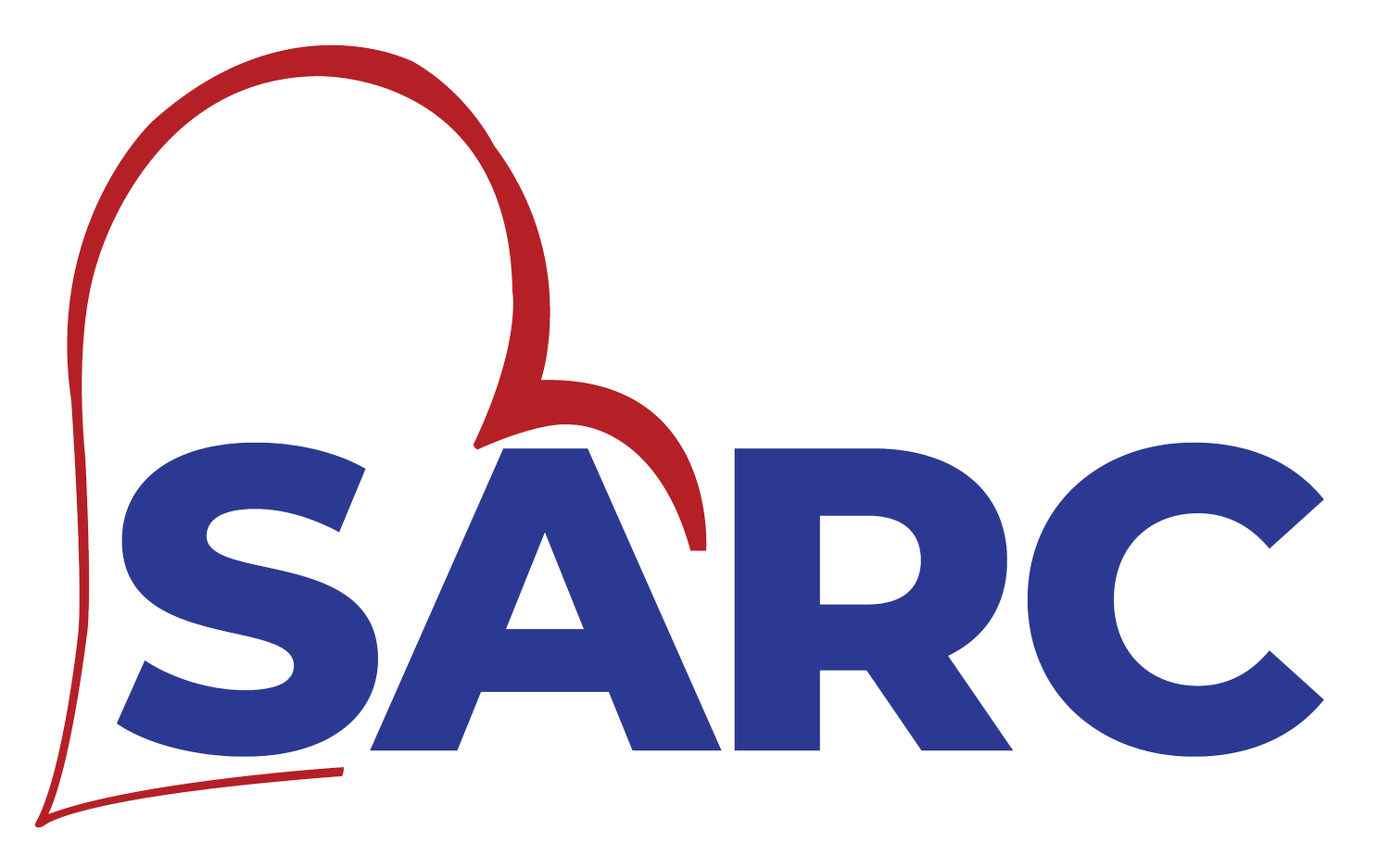Osteoarthritis of the Knee
Medical Conditon:
Knee osteoarthritis is a degenerative joint condition characterized by the gradual breakdown of cartilage in the knee joint. This deterioration leads to symptoms such as pain, stiffness, swelling, and reduced range of motion. Contributing factors include age, genetics, previous joint injuries, obesity, and repetitive stress on the knee.
Geniculate Artery Embolization
Geniculate artery embolization is a minimally invasive procedure designed to alleviate knee pain, particularly in cases of osteoarthritis where conservative treatments have proven ineffective. In this procedure, a specialized catheter is carefully threaded into the genicular arteries, which are responsible for supplying blood to the knee joint. Once the catheter is properly positioned, tiny particles or coils are introduced through it to block off these arteries. This process, known as embolization, reduces the blood flow to the knee joint.
By decreasing blood flow to the affected area, geniculate artery embolization aims to address the underlying inflammation and pain associated with osteoarthritis of the knee. Inflammation plays a significant role in the progression of osteoarthritis, contributing to cartilage degradation and subsequent pain. By limiting the blood supply to the inflamed tissues, this procedure helps mitigate inflammation and alleviate pain signals originating from the knee joint.
The reduction in inflammation and pain following geniculate artery embolization can lead to improved mobility and quality of life for individuals suffering from osteoarthritis of the knee. Moreover, this minimally invasive approach offers a viable alternative for patients who may not be suitable candidates for more invasive treatments like knee replacement surgery or who have not responded adequately to conservative therapies.
Overall, geniculate artery embolization represents a promising option in the management of knee osteoarthritis, providing targeted relief by addressing the underlying inflammatory processes within the joint.
Frequently Asked Questions for Geniculate Artery Embolization
-
Geniculate artery embolization is a minimally invasive procedure used to alleviate knee pain, particularly in cases of osteoarthritis where conservative treatments have failed to provide relief.
-
GAE works by reducing blood flow to the knee joint, which in turn decreases inflammation and pain associated with osteoarthritis. By targeting the genicular arteries, it addresses the underlying inflammatory processes within the joint.
-
Candidates for GAE are typically individuals with chronic knee pain, particularly those with osteoarthritis, who have not responded to conservative treatments such as medication, physical therapy, or injections.
-
During the procedure, a specialized catheter is guided into the genicular arteries supplying blood to the knee joint. Tiny particles or coils are then injected through the catheter to block off these arteries, reducing blood flow to the joint.
-
GAE is performed under local anesthesia, so discomfort during the procedure is minimal. Patients may experience mild discomfort or soreness at the catheter insertion site afterward, but this can usually be managed with over-the-counter pain medication.
-
While GAE is considered safe, like any medical procedure, it carries some risks, including bleeding, infection, or damage to surrounding tissues. However, serious complications are rare.
-
Recovery from GAE is typically quick, with most patients able to resume normal activities within a few days. Some individuals may experience temporary soreness or bruising at the catheter insertion site, but this usually resolves on its own.
-
The duration of pain relief varies among individuals. Some patients experience immediate relief following the procedure, while others may notice gradual improvement over time. Pain relief can last for several months to years in some cases.

